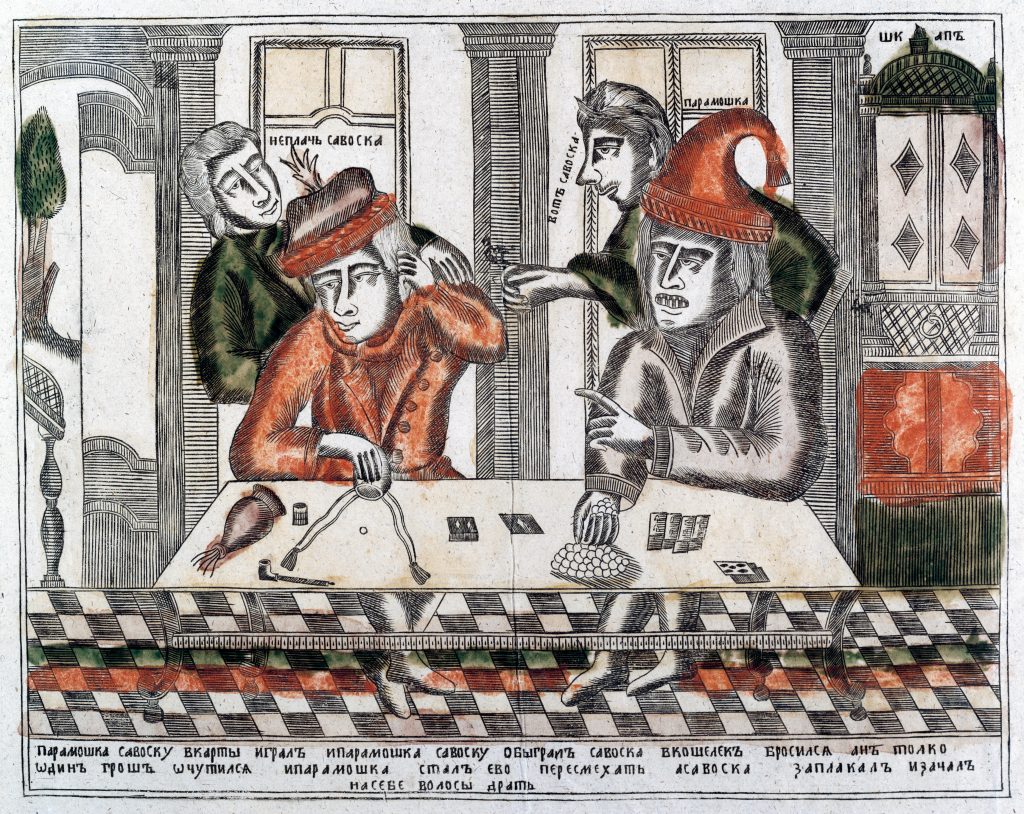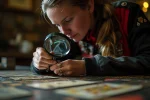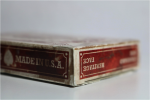The Evolution of Playing Cards
by Katie Coopersmith © 2017 Gifts for Card Players
Playing cards are such an integral part of our culture today that many of us never give a second thought to the fact that they exist. Card-based jokes and idioms are embedded in the English lexicon (“keep your cards close to your chest”; “stacking the deck”; “play your cards right”; “calling a spade a spade”), Hearts and Solitaire are on everyone’s computer, and kids in the Western world grow up playing Go Fish, Snap and War.
It hasn’t always been this way, though!
Playing cards originated in China, and they didn’t even make it to Europe until the 14th century. The first recorded mention of playing cards was in 886, when a Chinese writer described Princess Tong Cheng playing “the leaf game”.
Technologies required for producing playing cards such as printing equipment, paper, and ink were far more plentiful at an earlier point in time in Asia than they were in Europe. By 1367, playing cards had made it to Europe, and we know that they were actually banned in Bern, Switzerland that year. We don’t have any existing cards from this era today, but we know that they were likely hand-made and that some were painted ‘in gold and various colours’.
However, those first, ancient playing cards really didn’t look much like the decks we use today. Suits began to emerge in the 15th century, but they weren’t neatly divided into the four categories we’re used to today. Instead, cards featured acorns, swords, batons, cups, coins, bells, leaves, and – yes – hearts. In 1418, German card makers began to mass-produce decks using woodcuts.
Finally, in the late 1400s, French decks began to feature spades, hearts, diamonds, and clubs – although the spades were essentially stylized leaves and the clubs were acorn-esque.
The earliest existing cards that we have today from this era were made of three to six sheets of paper glued together (this method is called pasteboard). Other, fancier decks made of engraved copper were sometimes given as wedding presents. Cards tended to be much larger then than they are today, and they were often coloured using stencils.
Curiously, the depiction of royalty and social class tended to vary a lot in the 15th and 16th centuries; kings were sometimes depicted sitting on thrones, but at other times, they appeared on horseback.
By the late 1700s, it was time for cards to get overtly political: after the French revolution, the ace began to overtake the king as the highest card in many decks.
Our good friend the Joker was added to decks in the 1870s, meant to serve as the third and highest trump in the game of Euchre.
In 1885, the classic Bicycle design cards emerged on the market…and they’re still top sellers nowadays.
Jumping forward into the 20th century, the United States Playing Card Company took flash cards to a whole new level in 1942 when they began selling Bicycle brand “Spotter Decks” designed to help soldiers identify aircraft, ships, tanks, and weapons from other countries.
And what about today?
Today, you can buy a standard pack of playing cards for just a few dollars at any local convenience store. Spades, hearts, diamonds, and clubs are still the norm, but we also have trading cards and novelty decks.
If we look back at how much a simple idea like a deck of cards can change over 700 years, it’s pretty exciting to speculate about what could happen in the not-so-distant future. Will we be playing cards solely online within a few decades, or will the classic physical decks reinvent themselves once more? Will cards ever play a role in politics again?
These are questions that cannot be answered by anything but time, but one thing’s for sure: the future of cards is exciting and boundless!





